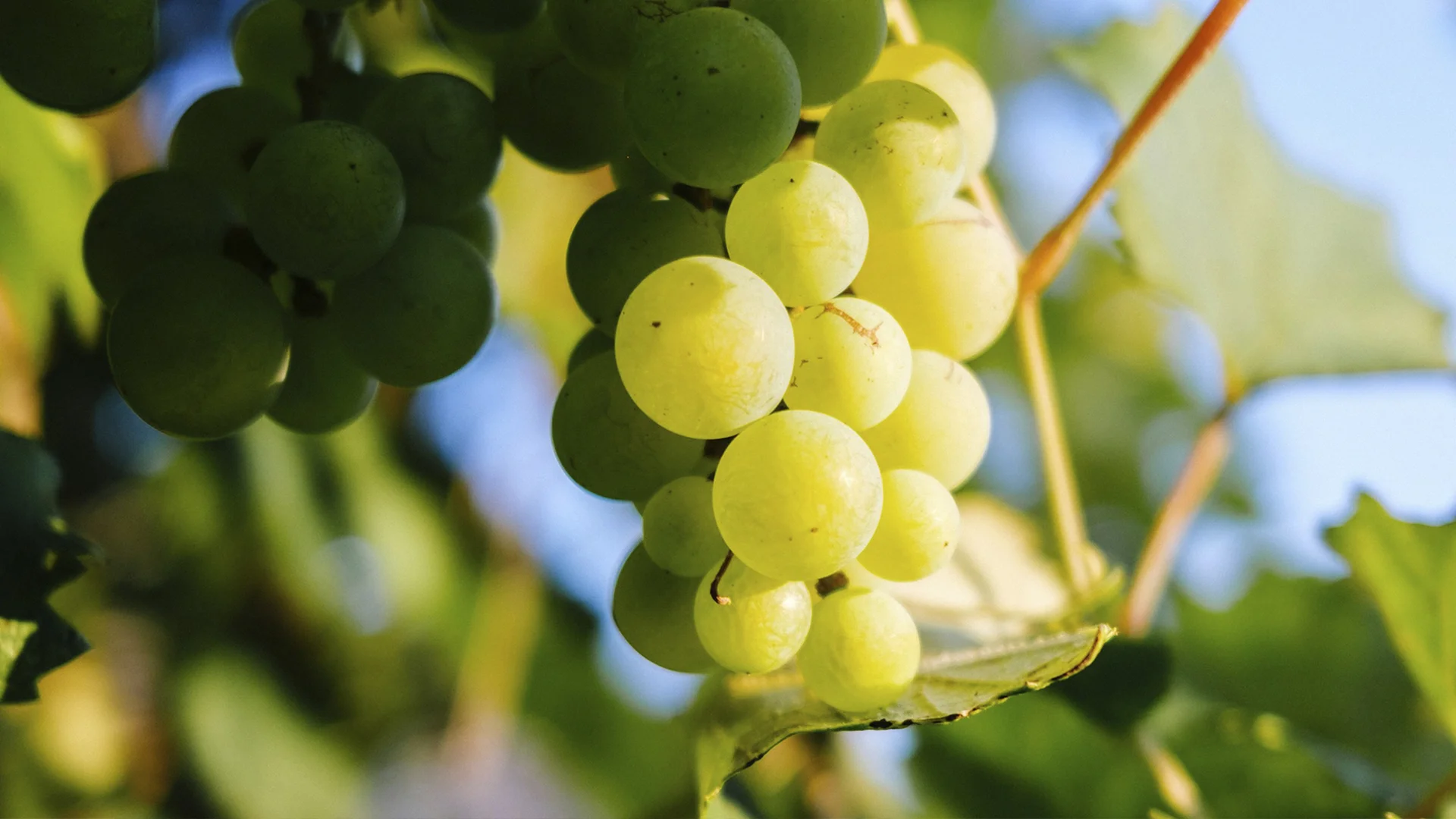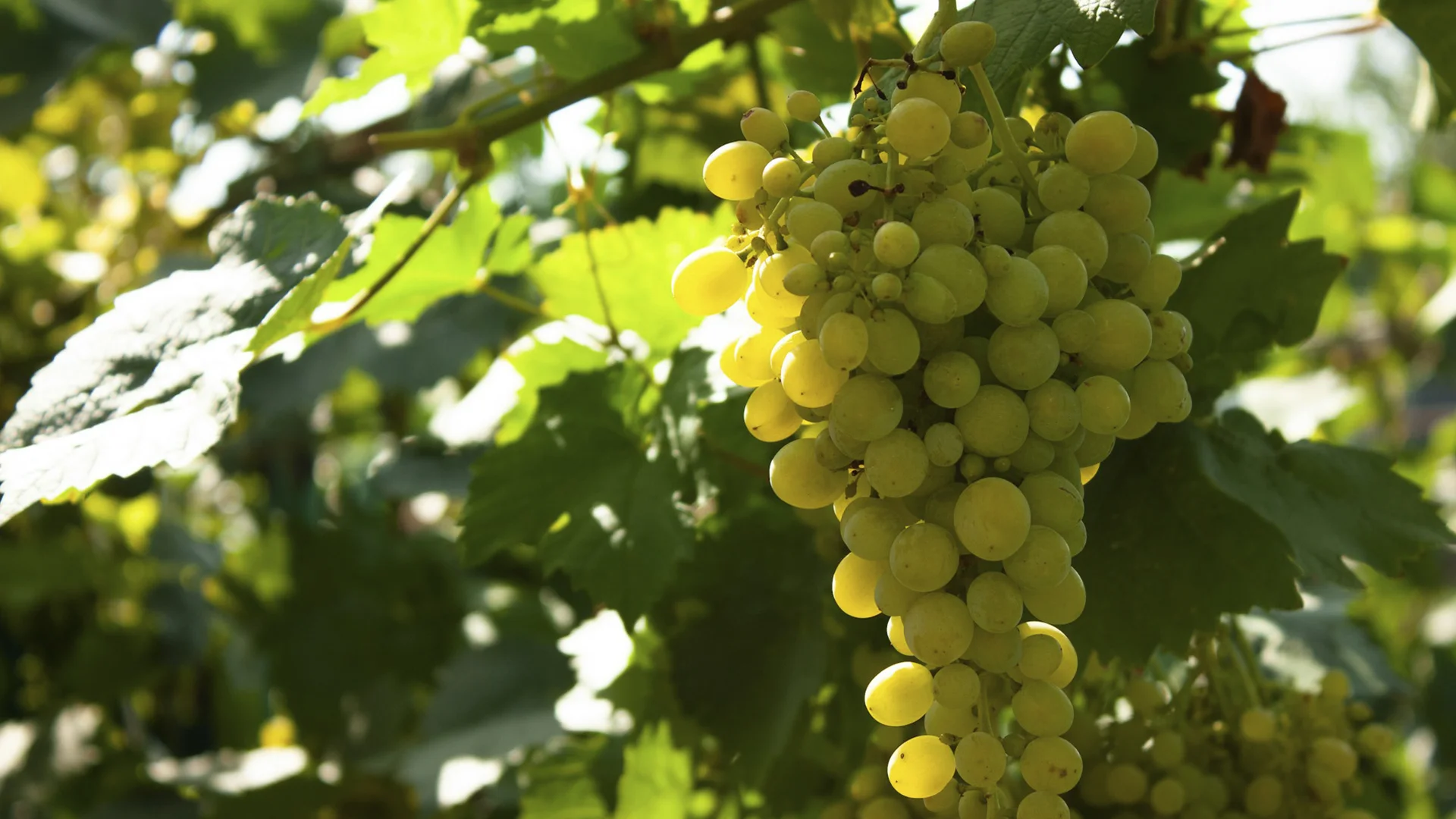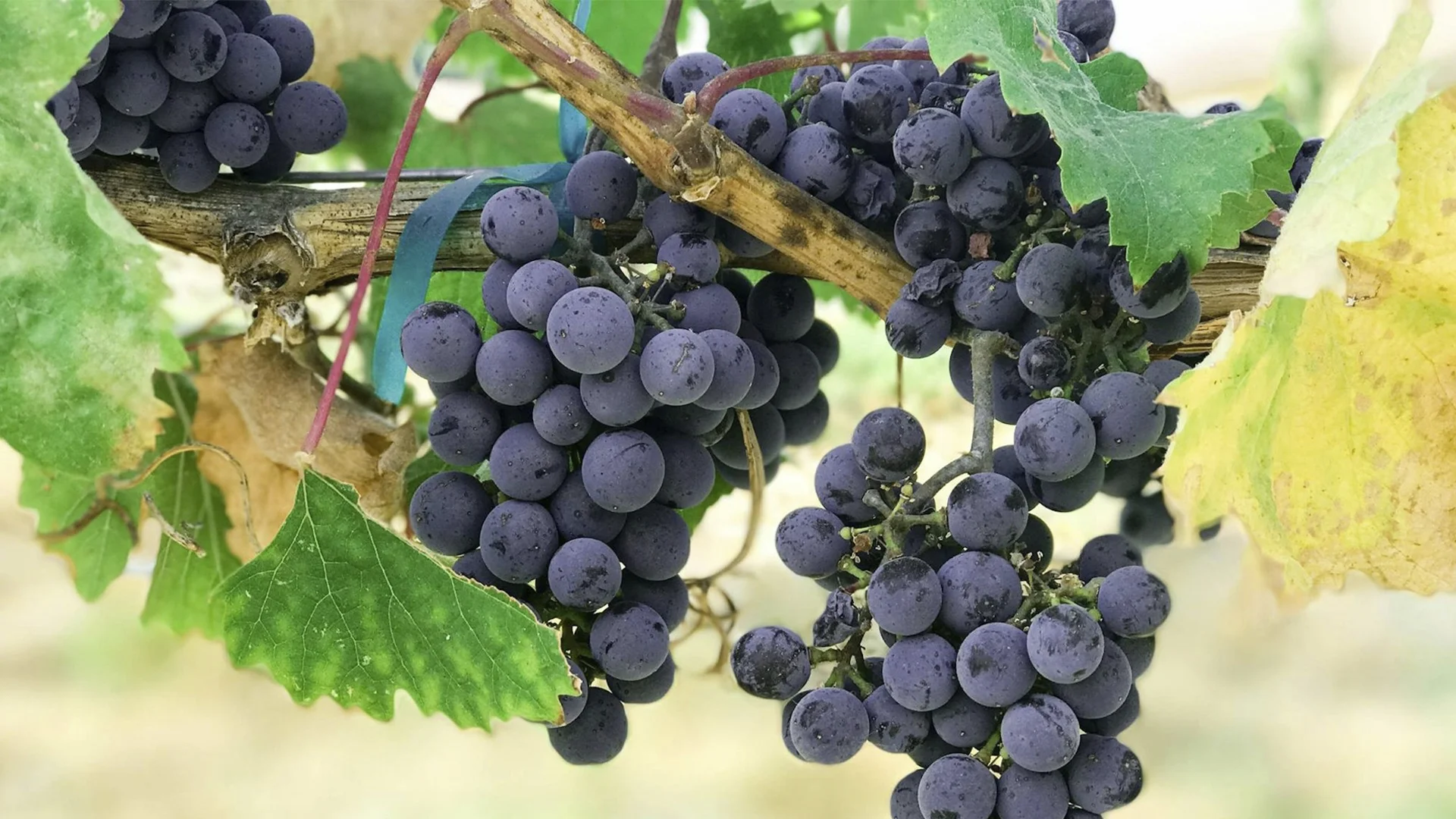
Pinot Gris, a grape variety synonymous with refreshing white wines, embodies a unique blend of history, viticulture, and enology. This article delves into the multifaceted world of Pinot Gris grapes, starting with an exploration of their identity and characteristics. Readers can find more related articles on our website for further exploration.
Uncover fun facts about the grape’s uniqueness and its historical journey, showing its appeal to wine lovers for centuries. Focus on the ideal conditions for Pinot Gris, highlighting the grape’s relationship with climate and soil. We’ll explore key regions where this varietal flourishes and how local terroir influences the grapes. Lastly, we spotlight famous wines made from this grape, providing a comprehensive view of its impact on the wine world.
So, let's jump into the details of this grape variety and learn why it is gaining a spotlight within the wine stage once again.
This grape variety, called Pinot Gris but also known by other names, produces light and refreshing white wines and boasts a unique blue-grey hue that sets it apart in the vineyard. Originating in Europe and known as Pinot Gris in France, it has adapted to various regions worldwide. In each region, Pinot Gris varies greatly in its characteristics, which is reflected in the great diversity of wines produced from this grape.
In cooler climates like Northern Italy, Pinot Grigio produces light, crisp wines with high acidity and green apples and citrus notes. Warmer regions yield richer, fuller wines with tropical fruit and honey flavours. This versatility in flavour is a hallmark of the grape, highlighting its adaptability. The specific conditions and regions where grapes grow significantly influence the flavour characteristics of Pinot Gris, with climate and soil types playing crucial roles. Additionally, the colour of Pinot Gris wines can vary from deep golden yellow to copper and even light shades of pink, adding to its visual appeal.
The grape thrives in cool, well-drained soils, often on slopes where it balances sunlight exposure and cooler night temperatures. This environment is essential for developing its acidity and aromatic qualities.
Pinot Gris grapes ripen early, requiring precise timing in harvesting to achieve the right balance of sugar, acidity, and flavour. Developing clonal varieties of the Pinot Gris grape has led to more consistent and reliable crop production, addressing historical challenges with poor yields and variability. This careful timing is key to the wine’s character, showcasing the vintner’s skill in capturing the essence of this popular grape.
Pinot Gris wines are celebrated for their expressive fruit flavours and strong aromas, often showcasing notes of pear, apple, peach, and subtle citrus. Depending on the region and winemaking style, these wines can range from light and crisp to rich and full-bodied, with a pleasant balance of acidity and texture. Additionally, Pinot Gris wines can vary in sweetness, with some varietals being distinctly sweet due to specific grape varieties or production methods. Faint honeyed notes influenced by botrytis can also be found in some Pinot Gris wines, adding a layer of complexity.
Thanks to their vibrant flavours and aromatic intensity, Pinot Gris wines pair exceptionally well with a variety of dishes. They are particularly well-suited to complement turkey and fish, as their bright fruit profile and refreshing finish enhance the delicate flavours of these proteins without overpowering them.
In different parts of the world, the grape varietal is known by local names:
As a grape species, Pinot Gris is classified for its unique attributes, including its distinct aromatic profile and ornamental significance.
Pinot Gris’ story begins in the Burgundy region of France. Its history stretches back to the Middle Ages, where it was probably called Fromenteau, evolving from a mutant clone of Pinot Noir. This twist in its lineage gave rise to a grape with a unique colour and potential for diverse wine styles.
The grape’s journey took a significant turn in the 1300s in Switzerland, where monks nurtured its growth. But it was in Italy, particularly in the Lombardy and Veneto regions, where Pinot Gris found its true calling. In the 1960s, Italian winemakers crafted a light, crisp white wine from this grape, catapulting it to international fame, especially in the United States.
As it travelled across continents, from Germany and Austria to Australia and the United States, each region added chapters to its story. Winemakers adapted their techniques to the local climates and tastes, further enhancing the grape’s versatility.
Today, Pinot Gris stands as a testament to adaptability and the rich tapestry of wine history. Its ability to capture the essence of each region’s terroir has made it a cherished variety among wine lovers, continuing to evolve and surprise with every vintage.
Pinot Gris, a grape known for its versatile and expressive wines, thrives under specific viticultural conditions that are crucial to its growth and the quality of wine it produces. Understanding these conditions helps appreciate the delicate balance required to cultivate this popular variety.

Pinot Gris shows a preference for certain soil types, each contributing to the grape's distinct flavour profile:
Pinot Gris grapes require a specific climate range to flourish. They grow best in cool to moderate climates, with temperature ranges typically between 16°C and 22°C (61°F and 72°F). This cooler climate helps maintain the grape’s essential acidity and fresh flavours.
The amount of rainfall is also a critical factor. Ideal conditions include an annual rainfall of about 500–600 millimetres. Excessive moisture can lead to diseases, while too little can stress the vines, affecting the fruit’s quality.
Growing Degree Days (GDD) measure heat accumulation used to predict plant development rates. For Pinot Gris, a GDD range of 1,250 to 1,400 is considered optimal. This range ensures enough warmth for proper ripening without losing the grape’s characteristic acidity.
Altitude plays a significant role in the development of Pinot Gris grapes. Vineyards situated at higher altitudes benefit from cooler temperatures, especially at night. This temperature variation is crucial for developing and retaining the grape’s aromatic compounds. Higher altitudes also mean increased sunlight exposure, which can enhance the complexity of flavours.
Each of the climatic factors contributes uniquely to the development and health of the berries, influencing everything from the acidity and aroma to the body and flavour of the wine. Understanding these conditions underscores the art and science behind cultivating Pinot Gris, a grape that continues to enchant wine enthusiasts worldwide with its diverse expressions.
Pinot Gris, with its captivating versatility, has found a home in numerous wine regions across the globe. For this reason, Pinot Gris varies greatly in each of these regions due to the unique terroirs that shape the characteristics of the grapes grown there, leading to a fascinating diversity in the wines produced. It is recognized as one of the world’s noble grapes, celebrated for its diverse styles and flavours that contribute to its acclaim across different wine-producing areas.

Sustainability is an increasingly important aspect of wine production, and Pinot Gris is no exception. Many winemakers are adopting sustainable practices, such as organic and biodynamic farming, to reduce their environmental impact. In Austria, for example, many Pinot Gris producers are using natural methods to control pests and diseases, such as introducing beneficial insects and using compost.
The total area under vine for Pinot Gris is approximately 115,000 hectares worldwide, with the majority being cultivated in Europe. However, there are also many Pinot Gris producers in the New World, such as Australia and the United States, who are adopting sustainable practices and producing high-quality wines. As consumers become more aware of the importance of sustainability, the demand for eco-friendly wines is likely to increase, and Pinot Gris producers will need to adapt to meet this demand.
By embracing sustainable practices, Pinot Gris producers are not only contributing to environmental conservation but also enhancing the quality and appeal of their wines. This commitment to sustainability ensures that Pinot Gris will continue to be a beloved and respected grape variety in the wine world.
Pinot Gris’s global journey has led to the creation of a variety of exceptional wines, each reflecting its region’s unique terroir and winemaking traditions. These brands stand out for their distinct characteristics and contributions to the wine world.
Our journey through the realm of Pinot Gris has been an enlightening exploration of this versatile grape. We’ve seen how Pinot Gris, with its distinctive grey-blue hue, offers a spectrum of flavours that vary remarkably from region to region. Its intriguing history, dating back to the Middle Ages and evolving from a mutation of the Pinot Noir grape, adds depth to its character. Researchers at the University of California, Davis, determined the genetic connection between Pinot Gris and Pinot Noir, highlighting that the colour difference between the two varieties arises from a genetic mutation.
Understanding the ideal growing conditions for Pinot Gris has been key in appreciating its diversity. The grape’s preference for cooler climates and well-drained soils, combined with the significant impact of altitude and terroir, shapes its unique flavour profiles.
Our virtual tour of Pinot Gris’ main growing regions, from the Italian hills to the diverse terrains of Oregon and Alsace, demonstrated how each area’s distinct climate and soil influence the wine’s characteristics, ranging from crisp and light to rich and complex.
Tasting the renowned Pinot Gris wines from various global producers further highlighted the grape’s wide appeal. Each brand’s unique approach to winemaking underscores Pinot Gris’ ability to adapt and thrive in different environments.
In conclusion, Pinot Gris is not just a grape variety; it’s a narrative of geographical diversity, historical richness, and viticultural mastery. It continues to capture the imagination of wine lovers worldwide, offering a window into wine’s dynamic and varied world.





























































































.webp)

.webp)





Are you interested in
collaborating with us?